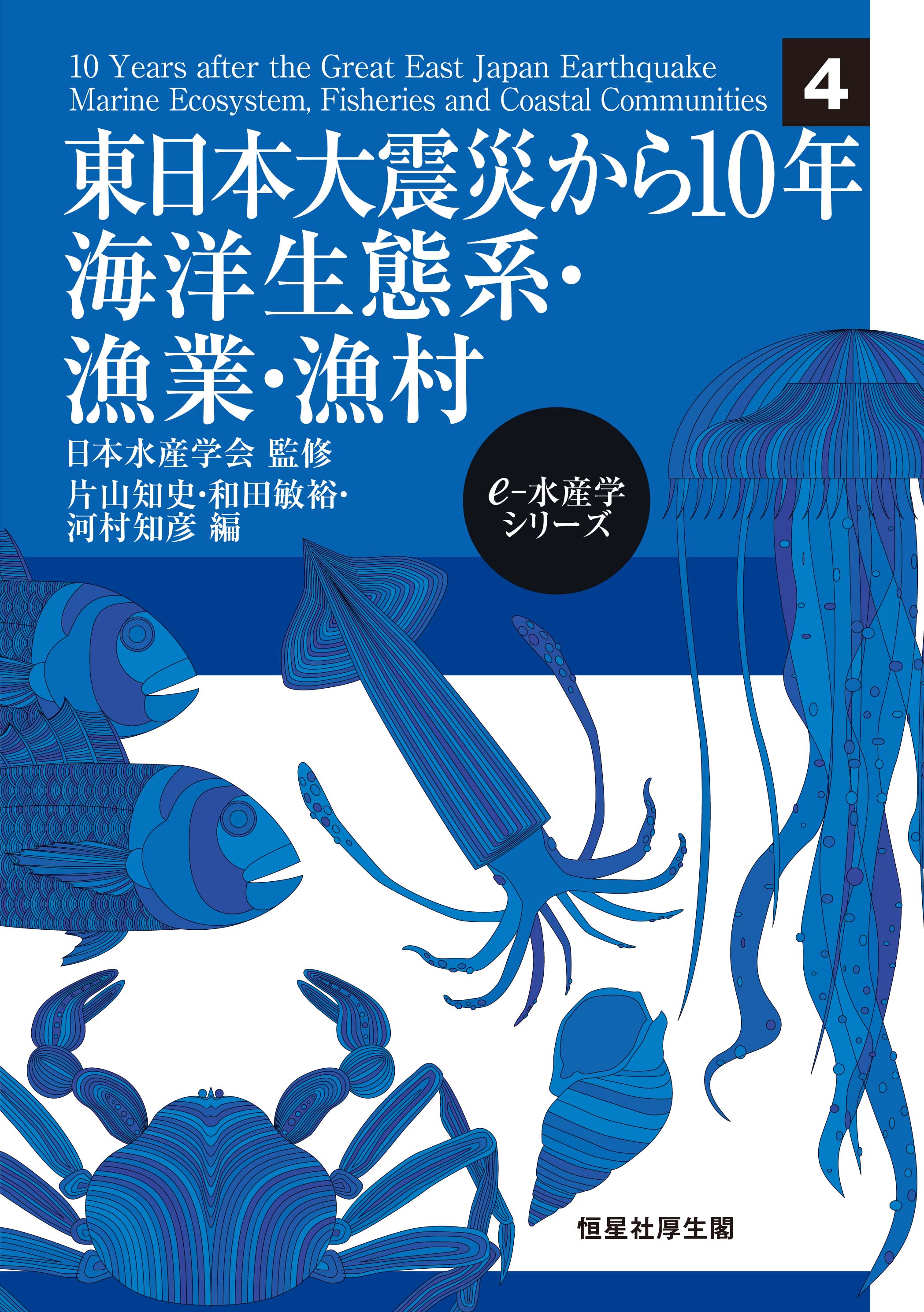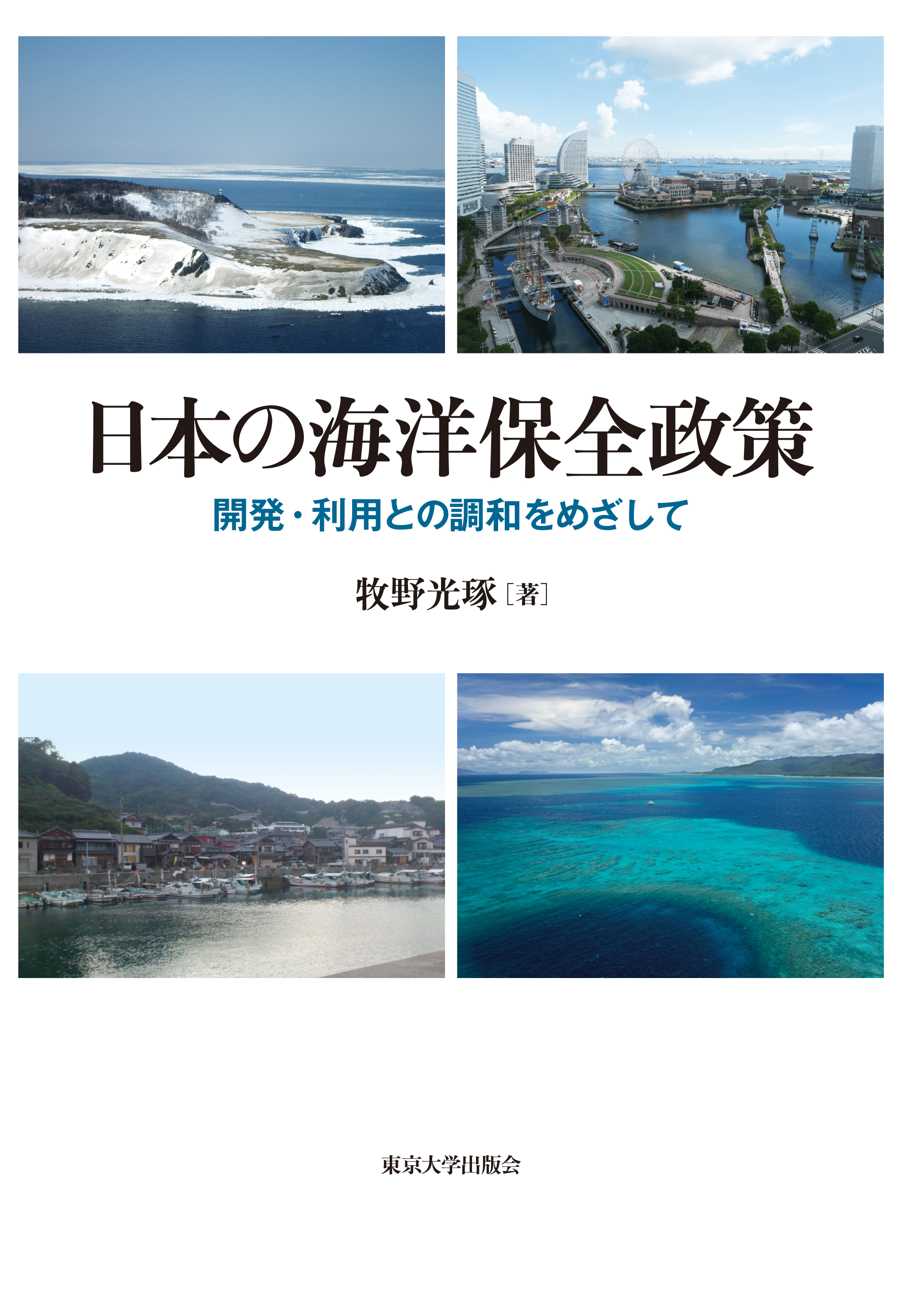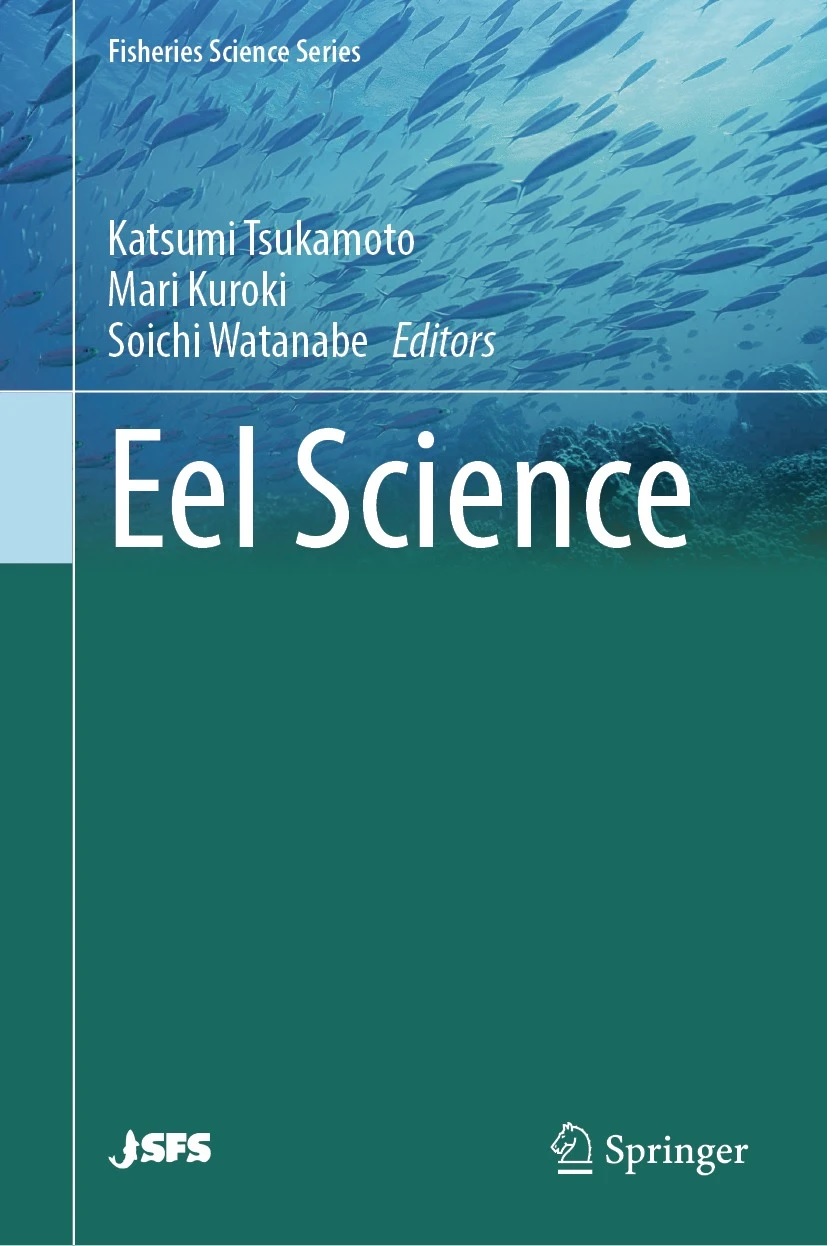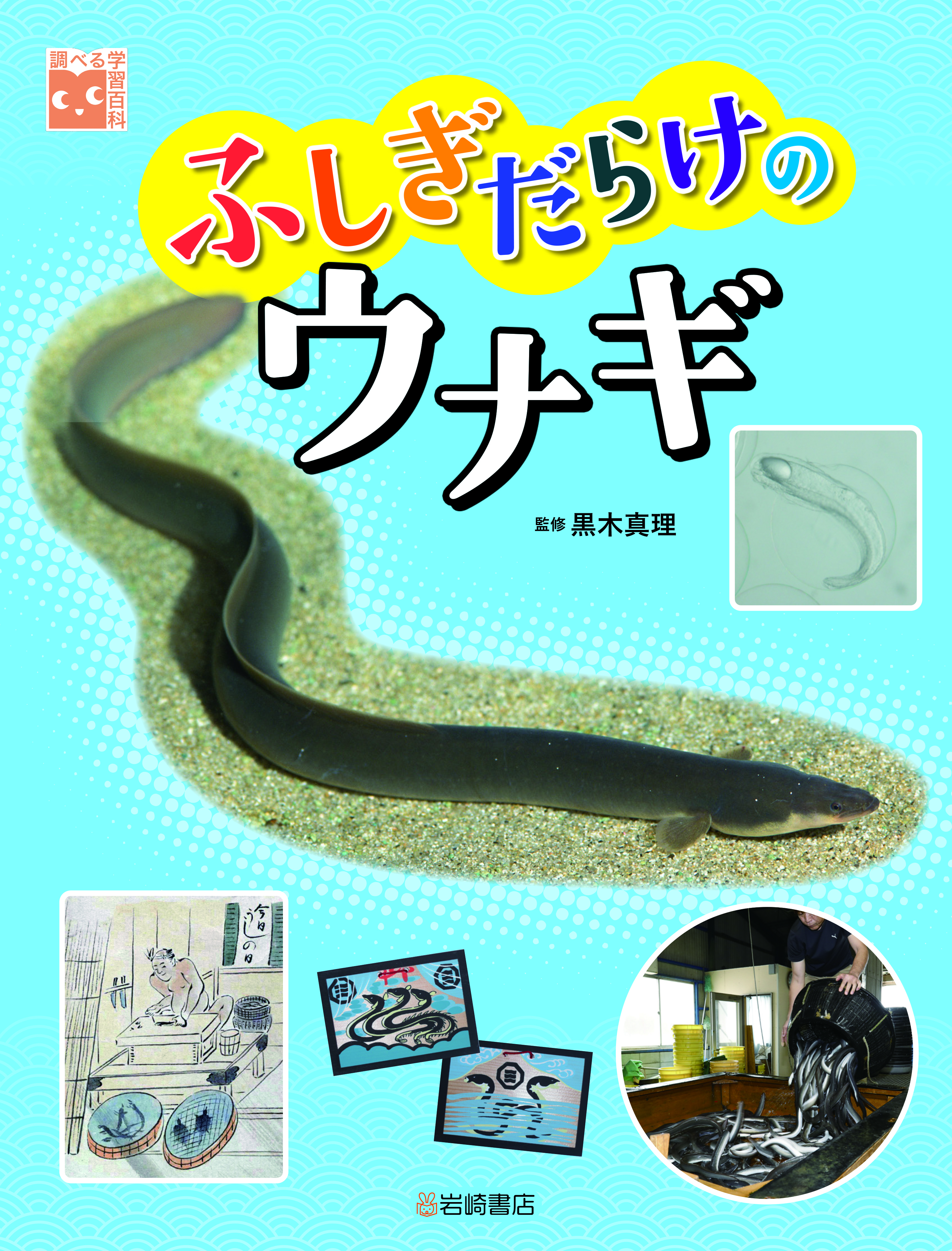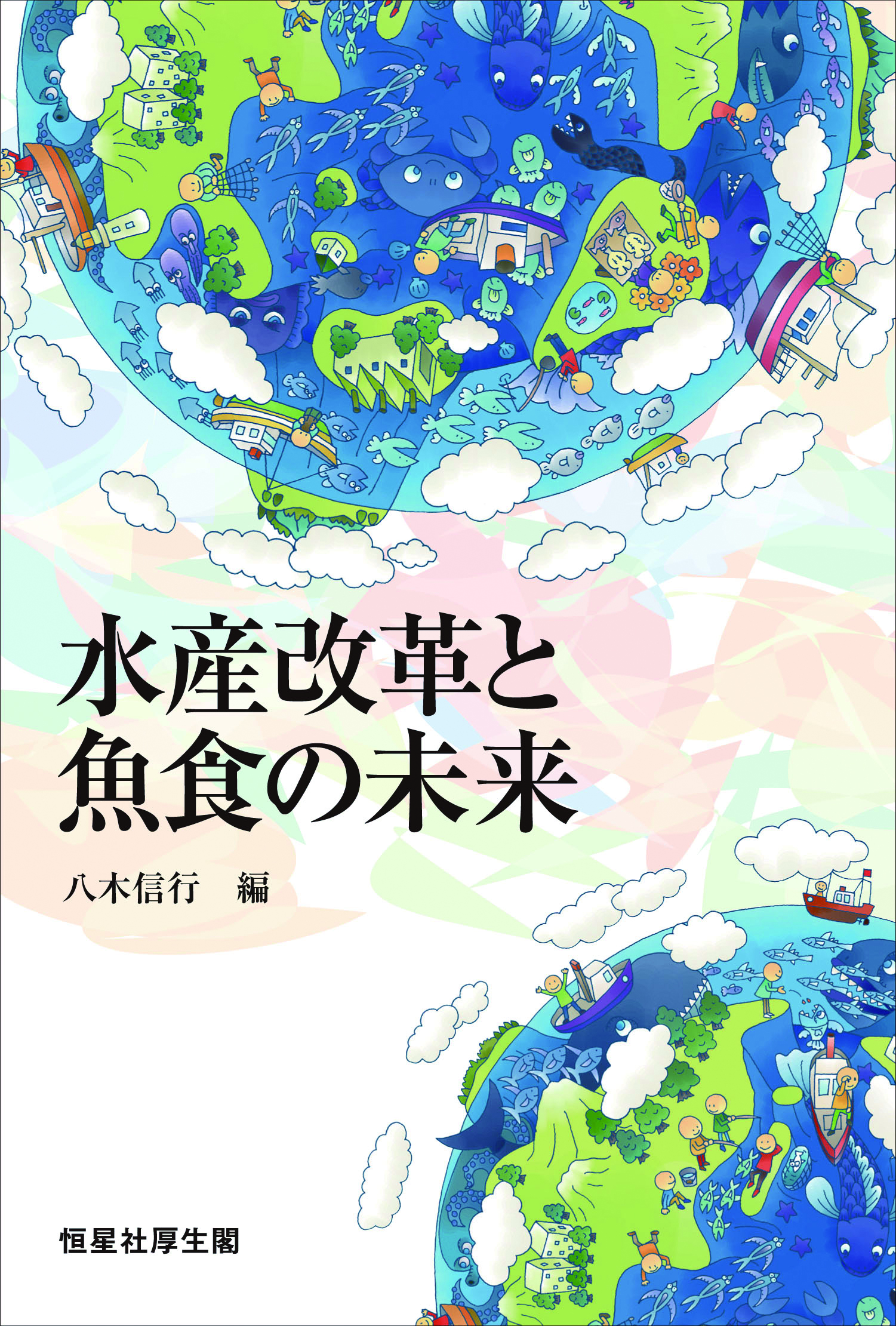
Title
Suisan Kaikaku to Gyosyoku no Mirai (Fishery Reform in Japan and the implications for seafood consumption in the future)
Size
208 pages, 127x188mm
Language
Japanese
Released
July 10, 2020
ISBN
9784769916482
Published by
Kouseisha-kouseikaku Corporation
Book Info
See Book Availability at Library
Japanese Page
This book describes the 2018 reform of the Fisheries Law in Japan. Several lessons were learned in this major revision, which was carried out for the first time in 70 years. Previously, Japan’s coastal fisheries were managed by Fisheries Cooperatives with the active participation of local fisher folks. This has been the traditional style of coastal management in Japan since the Edo era (17-19th Century). The new revision of the Law in 2018 has introduced the individual catch quota system set by the central government. Consequently, the right to manage the local fishing ground and fisher folk’s activities by Fisheries Cooperatives have been rather compromised, while the government in Tokyo has gained more power. In addition, the revision allows private companies to enter the coastal aquaculture business. Before the reform, only the local Fisheries Cooperatives members, who had managed coastal ecosystems in their tenure, were allowed to practice aquaculture in marine areas (Fishery Right areas).
Opinions are divided on the reform as its benefit is unclear, and its cost will materialize soon. Fisher folk’s incentives to collectively participate in the local fishery management activities, such as rulemaking and peer-monitoring, could disappear if the central government emphasizes their individual activities. In addition, those who receive benefits may belong to a different group of people than those who compromised and paid the cost. For instance, a private aquaculture company would transfer money to its headquarters in the city areas. As a result, the minimum benefit would be left to the local community, where the aquaculture facility exists. Unfair distribution of both the cost and the benefit of the reform is predicted.
Additional confusion occurs when aims of the reform are not well understood by the fisher folk and other local stakeholders. In general, a reform is just a tool to achieve a goal or vision for the society, but in some cases, it may be regarded as a goal, without any explanations about its social objectives. This also occurred during the process of the discussion of this reform in 2018 – some people interpreted that the reform was just a means to introduce European individualism to fisheries management and overthrow the traditional Japanese collective management that has long existed.
The author of the book, Nobuyuki Yagi, is a Professor at the University of Tokyo and Member of the Science Council of Japan. His area of study includes socio-economic aspects on small-scale fisheries. He has been a member of the Executive Committee of the International Institute of Fisheries Economics & Trade (IIFET) from 2014 to 2018 and an expert member of Intergovernmental Science-Policy Platform on Biodiversity and Ecosystem Services (IPBES) from 2014 to 2018. He also serves as a member of the Scientific Advisory Group (SAG) of the Globally Important Agricultural Heritage System (GIAHS) Program of the United Nations’ Food and Agriculture Organization (FAO) from 2019 to 2020. He has observed various aspects of environmental governance worldwide and, based on these experiences; he has provided his original views on the reform in Japanese fisheries.
(Written by YAGI Nobuyuki, Professor, Graduate School of Agricultural and Life Sciences / 2020)



 Find a book
Find a book


